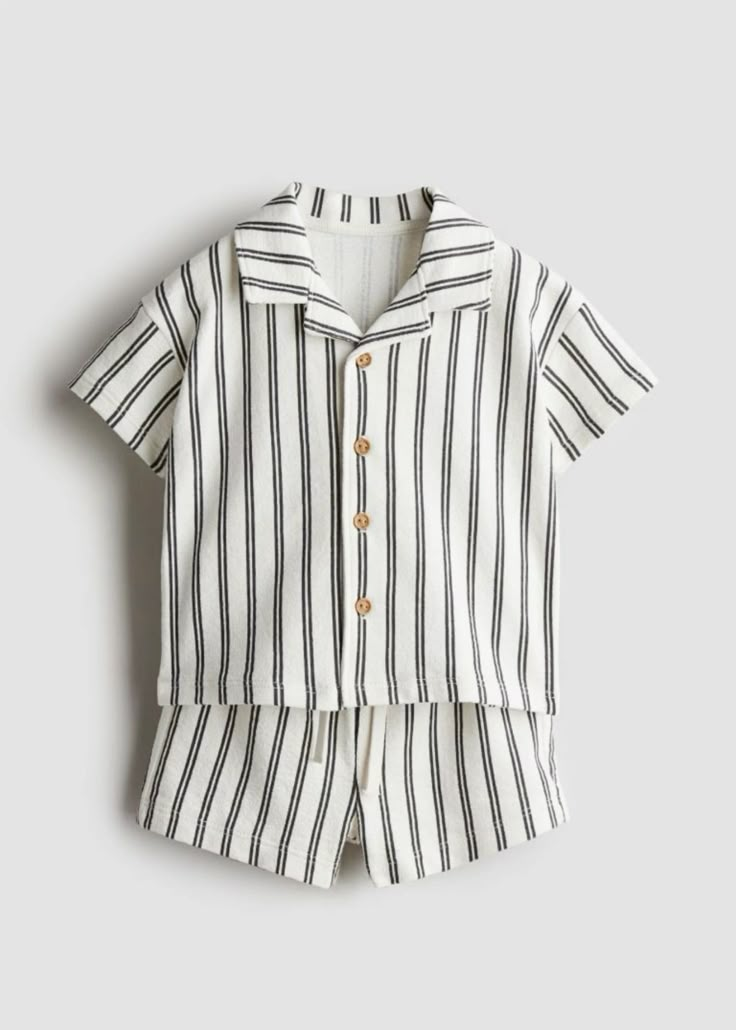There was a time when every buyer I spoke to asked just one thing: “What’s your best price?” But those days are fading fast. These days, the question sounds more like, “What value can you bring to my brand?” It’s not just about saving money anymore—it’s about making every dollar count in smarter, more sustainable ways.
B2B purchasing behavior is shifting from price-driven decisions to value-oriented strategies. Today’s buyers prioritize total cost of ownership (TCO), long-term supplier relationships, sustainability, and innovation. It's no longer about choosing the cheapest supplier—it's about partnering with those who align with company values, offer reliable quality, and bring more to the table over time. To stay relevant, suppliers must adapt by emphasizing quality, transparency, and added value.
I’ve felt this shift in real time. Working with brand buyers across Europe, North America, and Australia, I can tell you: those who still sell on price alone are being left behind.
What’s Really Driving This Shift from Price to Value?
I remember meeting a client in Germany last year who told me, “We used to go with the cheapest quote—but now, we’ve learned the hard way that cheap often comes at a cost.” That sentiment? I hear it everywhere now.
The shift toward value in B2B purchasing is driven by multiple factors. Buyers now assess total cost of ownership, considering long-term maintenance, downtime, and product lifecycle. Quality and reliability reduce operational risks, while CSR and sustainability practices help brands meet consumer expectations. Tech-driven solutions further boost perceived value, helping companies achieve more with less. In short, buyers are now making smarter, not cheaper, decisions.

What Is Total Cost of Ownership (TCO) and Why It Matters?
Let me break this down in simple terms—TCO is like buying a cheap shirt that shrinks after two washes versus one that lasts a whole season. It’s not about the price tag; it’s about how long something lasts, and what it really costs you over time.
TCO includes:
- Purchase cost
- Maintenance
- Operational efficiency
- Replacement frequency
- Hidden downtime costs
That’s why I always tell buyers: “Don’t just ask how much it is—ask how much it will cost you over time.”
How Has the Role of Procurement Professionals Changed?
Back in the day, procurement teams were all about squeezing pennies. Now? They’re strategic rockstars.
Today’s procurement professionals are strategic decision-makers. Their focus has shifted from merely cutting costs to creating long-term value. They’re evaluating supplier innovation, CSR commitments, logistical efficiency, and alignment with brand values. They also emphasize soft skills—like relationship-building and communication—alongside data-driven tools to make smarter purchasing decisions.
Let me give you an example. One of our Australian clients recently revamped their entire supply chain based on risk resilience and supplier transparency—not cost. And it’s been a win for both sides.
How Should Suppliers Adapt to Value-Based Buyers?
This is the part that hits home for me.
As a supplier, I’ve had to unlearn the old-school tactics and show up differently. Buyers today expect more than just product—they want partnership. That means...
To connect with value-oriented buyers, suppliers should focus on crafting a strong value proposition, offering innovation, and maintaining transparency. Building trust through consistent communication, reliability, and quality matters more than flashy pitches. Sharing real data about product performance, ethical sourcing, and sustainability gives buyers confidence—and sets suppliers apart.

Dive Deeper: From Price Tags to Partnerships
The Rise of Smart Buyers
I remember a Canadian buyer who once told me, “A delayed shipment costs me more than you think—it costs me trust with my customers.” That really stuck with me.
Today’s buyers are evaluating more than just cost:
- Delivery reliability
- Certifications (and whether they’re legit!)
- Product safety and compliance
- Ethical sourcing
- Responsiveness of the sales team
They’re also more informed. A simple Google search gives them supplier reviews, case studies, and even third-party audit scores. Which means—they’ll know if we’ve messed up before we even email them back.
Table: Price-Oriented vs. Value-Oriented Purchasing
| Feature | Price-Oriented | Value-Oriented |
|---|---|---|
| Focus | Lowest upfront cost | Total cost of ownership |
| Decision factor | Cost | Quality, sustainability, reliability |
| Supplier relationship | Transactional | Long-term partnership |
| Risk management | Low priority | High priority |
| Innovation consideration | Rare | Essential |
| CSR & sustainability | Often overlooked | Frequently required |
Building Supplier Credibility: What Works
One thing I’ve learned? Buyers can smell fluff from a mile away.
What really builds trust:
- Real certifications, not just fancy badges
- Samples that speak for themselves
- Quick, clear replies (even when there’s a problem)
- Flexibility in MOQs, timelines, or product specs
Last year, a European client chose us over a cheaper competitor because we showed them exactly how we source our organic fabrics. Transparency won the deal—not discounts.
The Power of Innovation
I can’t tell you how many times a new design detail, a better print method, or even a custom packaging idea helped close a deal.
Innovation doesn’t always mean high-tech gadgets. Sometimes, it means:
- A more breathable baby T-shirt fabric
- A zipper placement that’s safer
- A production method that saves time
All of these add value. And buyers are willing to pay more for that—because it makes their brand look better and work smarter.
Conclusion
In today’s B2B world, selling on price alone just won’t cut it. If we want to thrive, we have to speak the language of value—because that’s what modern buyers are really listening for.


